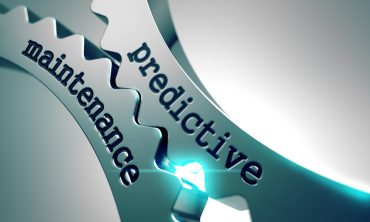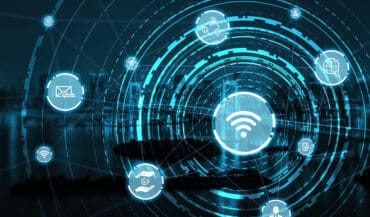
Digital twins enable managers and administrators to discover complexities and behavior across an entire supply chain ecosystem.
Supply chains have been in big trouble over the past year or so. Closed factories, parts shortages, wars., and even ships stuck in canals have upended even the most well-designed and technology-savvy supply chain planning systems. They are complex, with many moving (or not-moving) parts. Is there a way to get a better grasp of what’s happening across global manufacturing and replenishment systems?
This is a job for digital twins, new research out of the MIT Digital Supply Chain Transformation lab suggests. “Supply chains have evolved to encompass much more than the linear movement of goods,” the study’s authors, Özden Tozanli and Maria Jesús Saén — both affiliated with MIT — state. “Today, they comprise multiple layers of globally interconnected trading partners. Digital twins enable companies to mirror and map these complex systems and their underlying uncertainties, inform decisions, and adapt to an ever-changing operational environment.”
See also: 5 Ways Analytics Are Disrupting Supply Chain Management
Digital twins enable managers and administrators to discover complexities and behavior across an entire supply chain ecosystem, Tozanli and Saén state. “A digital supply chain replica provides an end-to-end representation of the complex, real-world system that connects its component entities from suppliers, warehouses, and distribution centers to products and customers.”
These digital twins also embed AI within simulation scenarios, bringing in factors such as trade-offs between costs, service levels, and emissions, they illustrate. Examples of such applications include “consolidating shipments in distribution centers, optimizing freight transportation fleets, testing warehouse layouts, adjusting goods flows and routing to align with demand, and supporting predictive maintenance programs.”
Leading companies have harnessed digital twin technology in three main functional areas, Tozanli and Saén find:
Supply chain planning. Digital twins leverage both internal and external data sources to connect trading partners, thereby enhancing supply chain planning across a wide breadth of the global network. Data may surface inventory changes, as well as real-time locations of goods. Long-term decision making is where the real value of digital twins emerges, as they can “simulate thousands of what-if scenarios that reflect the long-term outcomes of making strategic decisions.” With this prescriptive analytics capability, an enterprise “can analyze scenarios to better assess risks and prepare mitigation plans for potential disruptions,” Tozanli and Saén state. Digital twins can also be employed to help “balance demand and supply, optimize trade-offs between resilience and efficiency, and analyze the ROI of costly investments over multiple time horizons.”
Warehouse management. This gets down into the nitty-gritty of supply chains, with digital twins replicating inventory management systems and facility design, as well as run what-if scenarios for factors such as location or demand characteristics, the researchers find. Inventory operations can be replicated and changes simulated. Managers and planners can use the twins to “virtually test different floor plans in order to achieve optimal facility design, to optimize the design process before making any costly investments to construct physical warehouses.: Simulating numerous what-if scenarios, digital twins consider factors such as facility location, customer profile, and demand characteristics to help the company determine uniquely fitting designs for each warehouse.”
Transportation management and last-mile delivery. Here, digital twins will be fed data streaming from sensors in trucks, hubs, and packages. “Digital twins can also learn individual customers’ behavior — such as delivery and packaging preferences, number of orders shipped and received, and interactions with delivery drivers — and analyze drivers’ on-road behavior and safety compliance.”
Digital twins are opening many possibilities across a range of business and industrial functions, and being able to run simulations across supply chains is compelling. While digital twins may not be able to replicate everything that ripples across supply chains — such as fires in facilities or sudden bursts of customer demand — they will help provide a picture of the many complexities and interdependencies that make today’s supply chains flow.




























